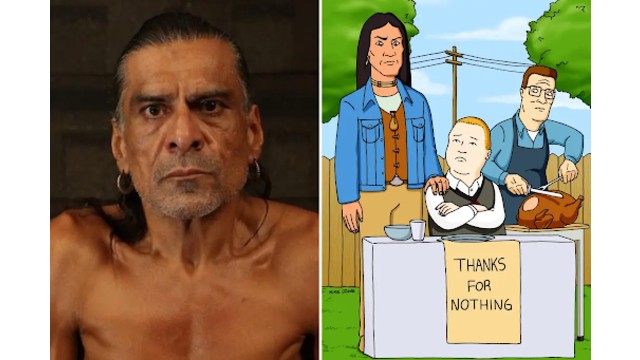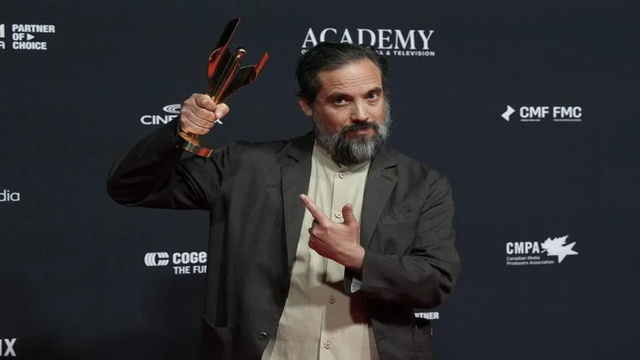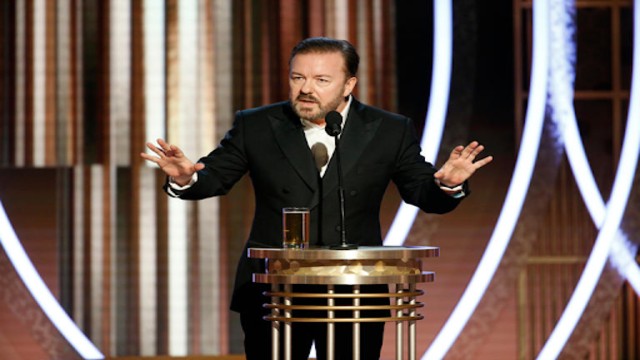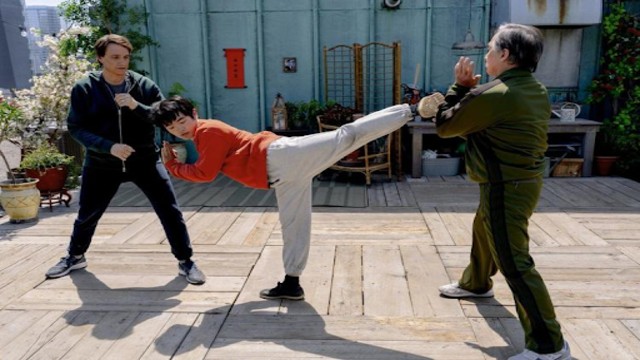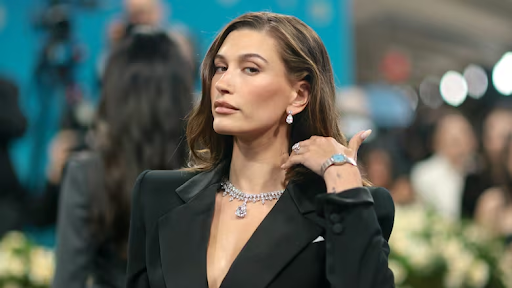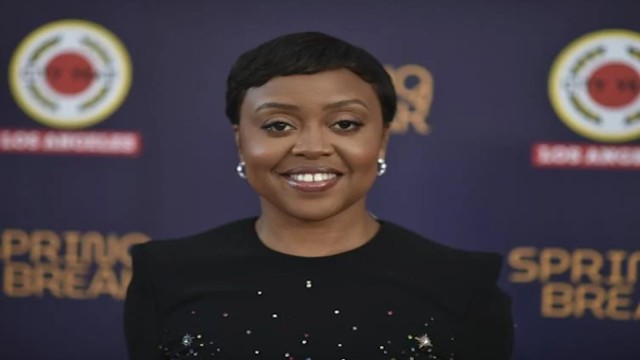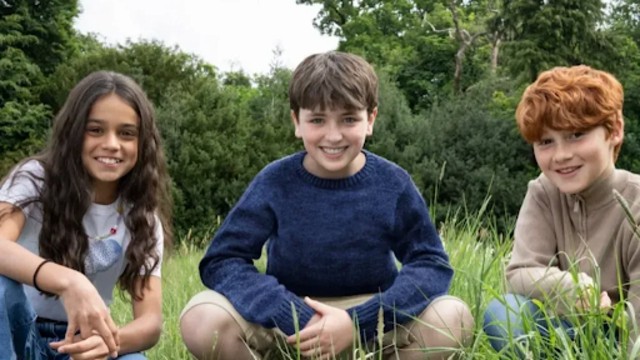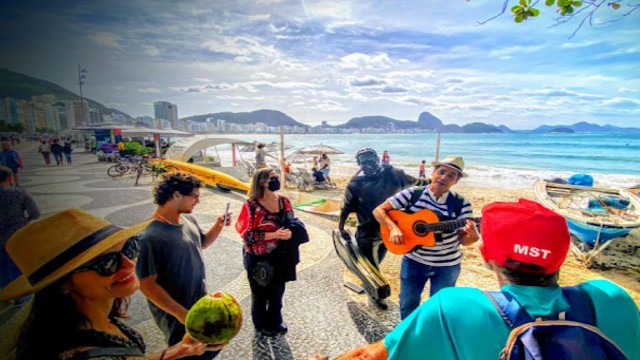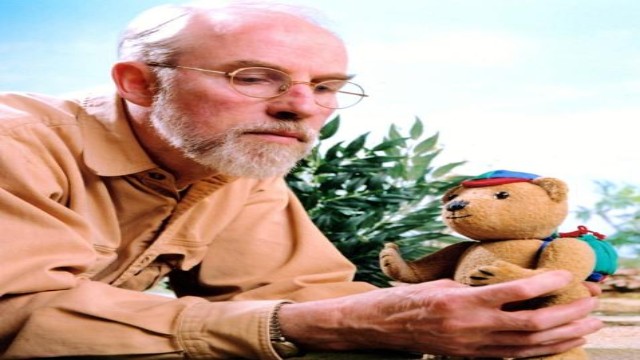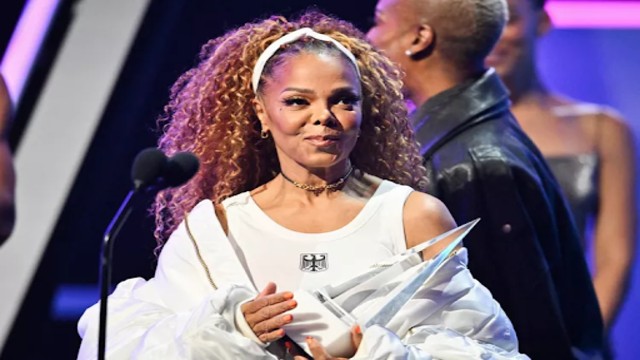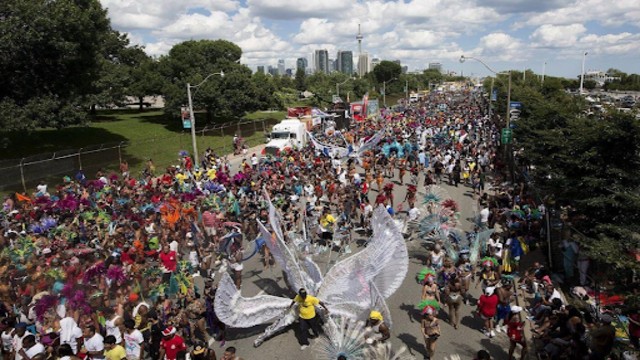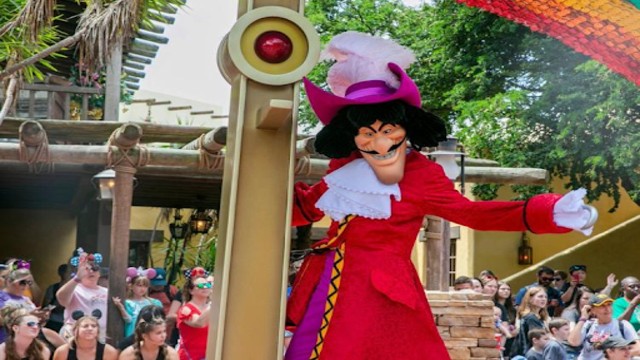
An actor portraying Captain Hook from Peter Pan performs on a float during the Festival of Fantasy Parade at Magic Kingdom Park at Walt Disney World Resort in Lake Buena Vista, Fla., Monday, April 18, 2022. (AP Photo)
A new musical at Walt Disney World is challenging everything we thought we knew about Disney villains.
Set to debut on May 27 at Disney’s Hollywood Studios in Orlando, “Disney Villains: Unfairly Ever After” casts a curious spotlight on three notorious baddies: Cruella de Vil, Captain Hook, and Maleficent. But this time, they aren’t plotting chaos—they’re pleading their case for sympathy.
A New Perspective on Old Disney Villains
The live stage show gives these classic characters a chance to argue that they've been misjudged. Each one tries to convince the audience that they’re the most misunderstood villain of them all.
“We wanted to tell a different kind of story,” said Mark Renfrow, the show's creative director, in a promo video. “One where we ask: who really got treated the most unfairly?”
This reimagining is a bold creative twist, but not everyone is cheering.
Not Everyone Is Buying It
Some critics think this trend waters down what made villains so impactful in the first place.
“It’s satisfying when villains are just unapologetically evil,” said Benjamin Murphy, a professor at Florida State University. He believes there’s value in keeping villains truly villainous without digging into their past traumas.
Still, this isn’t Disney’s first attempt to humanize its villains.
In 2021’s Cruella, the fur-obsessed antihero got a backstory, explaining her dark turn through a troubled childhood. Other media, like Wicked, which tells the story of the Wicked Witch of the West from The Wizard of Oz, sparked similar conversations by turning so-called villains into complex characters.
Fairy Tales Were Once Black and White
Traditional fairy tales were often cautionary tales. They taught children to avoid danger, like not trusting strangers in the woods or staying away from wolves. But in doing so, these stories also made outsiders—such as older women, the poor, or people of color—into villains.
Rebecca Rowe, a professor of children’s literature, points out that starting in the late '80s and '90s, children’s media began softening these portrayals. Stories became less about right and wrong, and more about empathy and understanding.
But she warns this shift may have gone too far.
“We’ve lost the ‘villainous villain,’” Rowe said. “Some people really do bad things—and that doesn’t always have a justifiable reason.”
Empathy or Confusion?
Rowe explains that while it’s valuable for kids to develop empathy, identifying too much with villains could blur moral lines. Still, others argue it's meaningful when children or adults relate to characters who've been historically misunderstood or excluded.
Disney villains, in fact, often have strong appeal for adult fans—and especially for those who’ve felt like outsiders. Many in the LGBTQ+ community, for instance, find a powerful sense of identity in the flamboyant confidence of “evil queens.”
A Place for Everyone—Even the Villains
Erik Paul, a Disney World regular, sees the appeal.
“I know people who go just for the villain shows,” he said. “It’s not always about being bad—it’s about being seen.”
Whether you love the villains or fear them, Unfairly Ever After dares to ask: what if the bad guys were just misunderstood?
And maybe, in the happiest place on Earth, even villains deserve a second chance.


